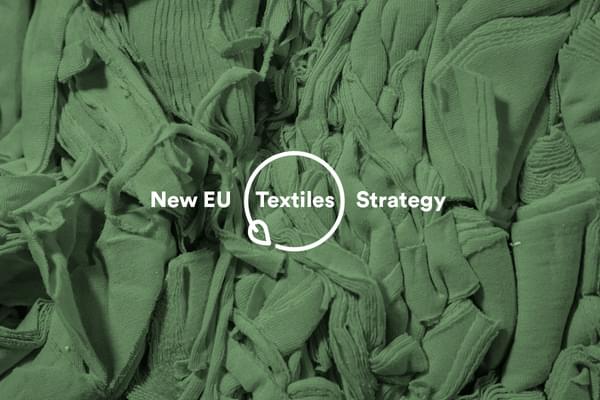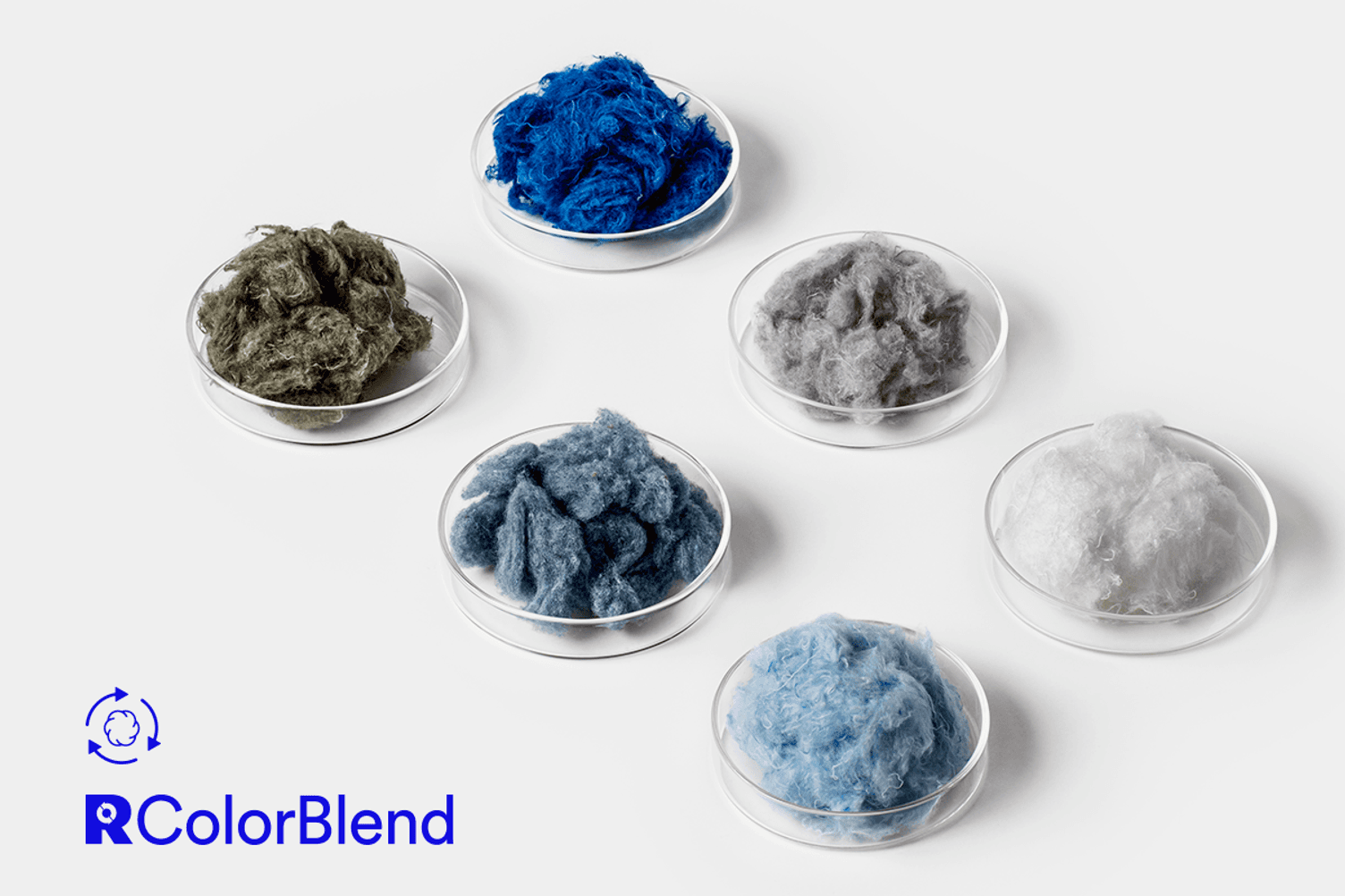Here's what you need to know about the new EU strategy for textiles.

Site map

The textile industry is currently the world’s second largest polluter [1]. Conventional cotton production requires huge quantities of water & pesticides; includes a highly contaminating dyeing process; and uses large areas of land [2].
The chemicals used to cultivate fibers and to produce textiles, such as dyes or finishing treatments, account for around 43 million tons of non-renewable resources in total [2].
Recover’s recycled cotton fiber, RColorBlend, on the other hand, requires no further dyeing and uses minimal water and chemicals. Created from textile waste, RColorBlend closes the loop.
Our most valuable proprietary system, RColorBlend, produces a colorful low-impact fiber: RBlue. Comprised of recycled RCotton blended with a carrier fiber, it is not only circularly produced, but it also reduces the use of water and other chemicals as well as virgin raw materials.
RColorBlend is made from textile waste, or feedstock.
This feedstock, which arrives sorted by color, is then mechanically recycled using our unique proprietary technology. This process produces zero wastewater.
The fiber is then mixed with a carrier fiber, recycled polyester, to achieve the perfect color. The color matching process is completely mechanical. Once our lab finds the perfect formula, the blending process is applied to scale to produce commercial quantities.
What sets Recover RColorBlend apart from other fiber blends – is that it eliminates the need to over-dye the fabric downstream. Cotton dyeing is one of the most contaminating steps in the textile process as it uses large amounts of water (which can cause droughts in the surrounding area), as well as produce contaminated wastewater that can harm the local ecosystem [2].
Using RBlue, our versatile RColorBlend fiber, to produce 10 men’s t-shirts, instead of traditionally cultivated cotton, we’d save:
Now, if 10 men’s t-shirts can save 14 years’ worth of drinking water, what kind of impact could we have if we used this on a commercial scale?
The savings increase exponentially.
RColorBlend’s capacity to match a wide spectrum of unique colors without further dyeing makes it truly unique. This is the biggest draw for our Brand Partners, like Primark, who look for tailored and sustainable solutions for their supply chain.
---------------------------------------------------------------
Sources:
[1] Pulse of the Fashion Industry, Boston Consulting Group. 2017
[2] EMF. A new textiles economy
[3] https://www.sciencedirect.com/science/article/abs/pii/S0921344916302828